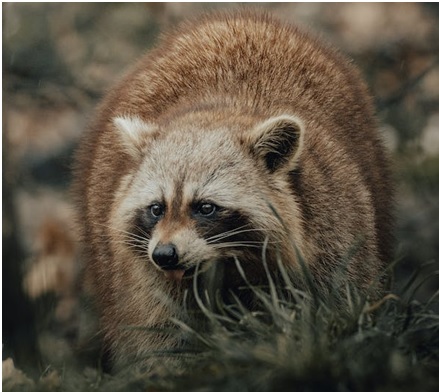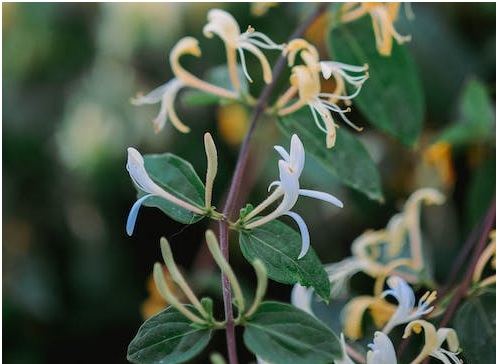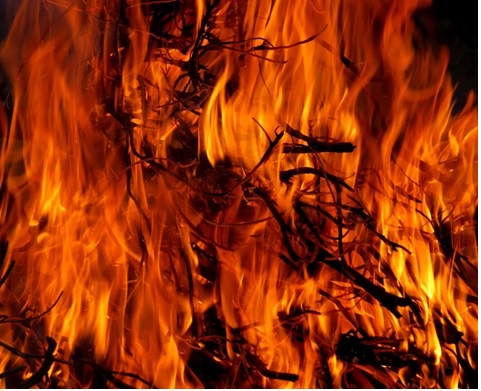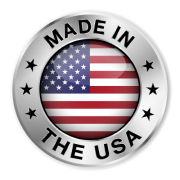Clearing Brush: Why It’s Vital to the Health of the Land
Posted by Lee Padgett on 17th Apr 2023
Undergrowth: you know what it is, but do you know what sorts of risks it presents to the properties you manage?
Also known as brush and underbrush, this is the tangled, matted mess of vegetation that blankets the understory of a forested area or covers the ground where trees are absent.
It is composed of low-growing shrubbery and annual vegetation as well as fallen, dead organic matter and where it isn’t managed, can become completely impenetrable by conventional means.
It also produces numerous undesirable effects when not properly managed and maintained (or outright removed). Here’s what you need to know.
Maintaining or Improving Property Value
If the property in question is overgrown, it doesn’t take a Bachelor of Science in Real Estate Studies to know that brush diminishes curb appeal. Thick brush can significantly impact the value of residential and commercial properties - in the wrong ways.
In addition to affecting curb appeal, overgrown brush can also lower the value of large commercial, industrial, and municipal tracts and other common-use areas.
Removing it can improve the appearance of a property and increase its resale value.
Managing Wildlife Populations and Vermin
There are some instances in which undergrowth is beneficial to wildland management. For instance, thick, impenetrable undergrowth provides cover for mice, rabbits, and upland birds, where they can live, feed, and rear their broods under cover from predators.
But this is a double-edged sword. Unless you’re managing an upland game population for your state’s DFW, undergrowth is a magnet for unwanted species.
Rats, mice, prairie dogs, badgers and other mustelids, foxes, coyotes, raccoons, skunks, and possums all gravitate magnetically towards thick brush.
They also carry diseases, can be aggressive, and can be a nuisance anywhere there are foodstuffs present.
Clearing out that brush is like serving an eviction notice to the wildlife that populates it.

Controlling Invasive Species
Undergrowth is often thickly infested with invasive species - plant species, that is. Often, these species are beneficial and attract pollinators, such as in the case of Japanese honeysuckle.
Other times, invasive flora compete with native plants for living quarters and sunlight. Clearing out the invasives will make room for native plants to regain a foothold.
Common invasive plant species in the United States include but are not limited to Kudzu, Japanese Knotweed, Japanese Barberry, English Ivy, and Wisteria, but there are countless others. Regardless, clearing the land can help remove them.

Improving Access to the Property
Large properties that are overly choked with undergrowth can experience bottlenecks and funnels during periods of high foot traffic.
This is typically only a minor inconvenience, but if the space is intended for outdoor recreation, out-of-control undergrowth can adversely impact the use of the property, necessitating routine clearing and similar land management practices.
Controlling the Risk of Wildfires
Another extremely important reason to limit the growth of underbrush is to control the risk of fires.
Brush that comes up close to a building is an inherent fire risk. When it becomes dry, it becomes easy to light and will spread fire quickly in a manner that is very difficult to control.
This is a risk to your property when the fire originates in bordering wildland, but it also presents a risk to that wildland when the fire originates on your property.
Either way, limiting it is your first hedge against the risk of fire.

Creating Early Successional Habitat, Enriching the Soil
Last but not least, controlling overgrown undergrowth can help create early successional habitat that is vital for certain keystone and pioneer species. Many species of birds, mammals, insects, and plants flourish in early successional habitat.
Moreover, clearing the land and then burning it replenishes the soil with nutrients, can restore the pH balance, and allows sunlight to reach the ground - all of which are essential to the health of the land.
Controlling Undergrowth with a 42 Inch Wide Brush Cutter Attachment

One of the most helpful excavator attachments in our collection is our 42 inch wide brush cutter attachment, about which you can learn more via the previous link.
Here’s what you need to know: this 42 inch wide brush cutter attachment has a two-blade system with double edge blades and can cut through undergrowth up to 3” thick, making it perfect not only for getting through weeds and briars but through saplings as well.
This attachment is ideal for farmers, contractors, municipalities and tree companies and will devour any undergrowth, perfect for clearing fence lines, pond banks, trails, and for general clearing.
Other Helpful Attachments
Our 42 inch wide brush cutter attachment is not the only useful one in our collection. Other helpful skid steer attachments include:
- Articulating brush cutters
- Brush mowers
- Chippers
- Grapple buckets
- Root grapples
- Log grapples
- Rippers
- Limb saws
- Disc mulchers
- Root rakes
- Tillers
- Stump grapples and grinders
- Soil conditioners
- Tree pullers
- Tree saws and shears
All of these skid steer attachments can, in part, help make it easier to clear land, from the preliminary process of removing and processing mature trees through clearing the undergrowth and conditioning the soil.
Like all of our attachments, they are made in America with only American steel. We never use cheap chinese imports - Spartan Equipment will Never Surrender in your goal of clearing brush and managing land.



